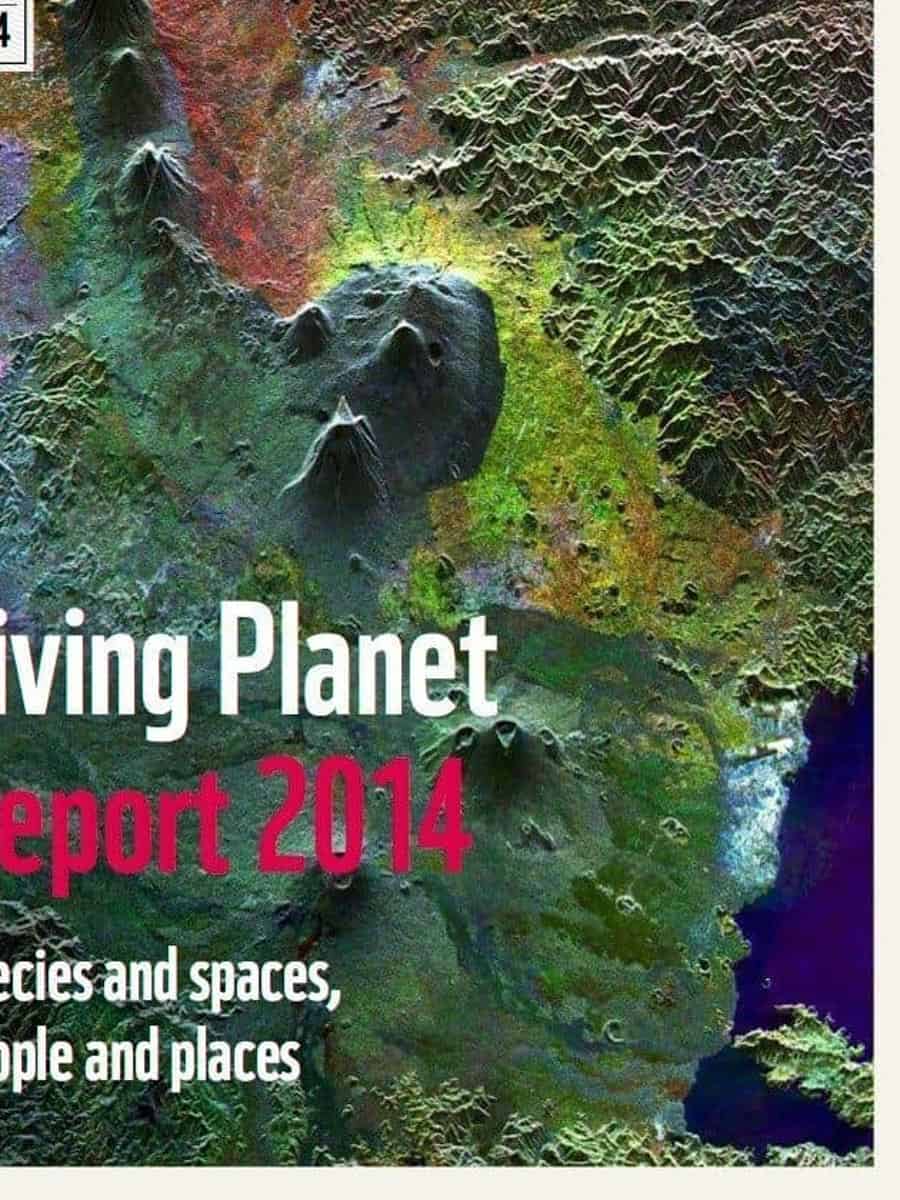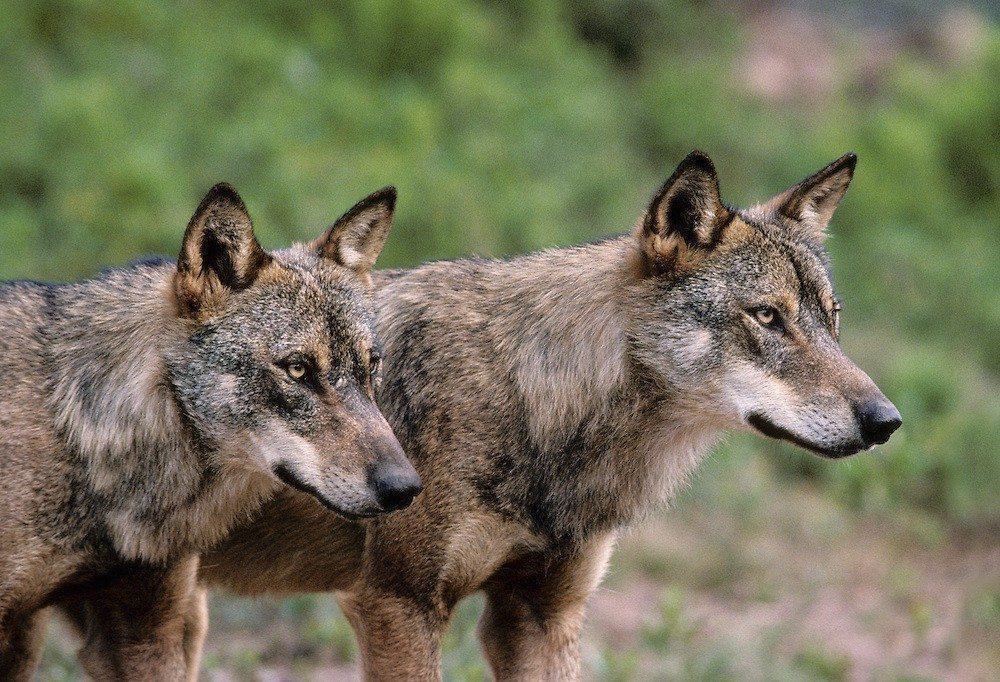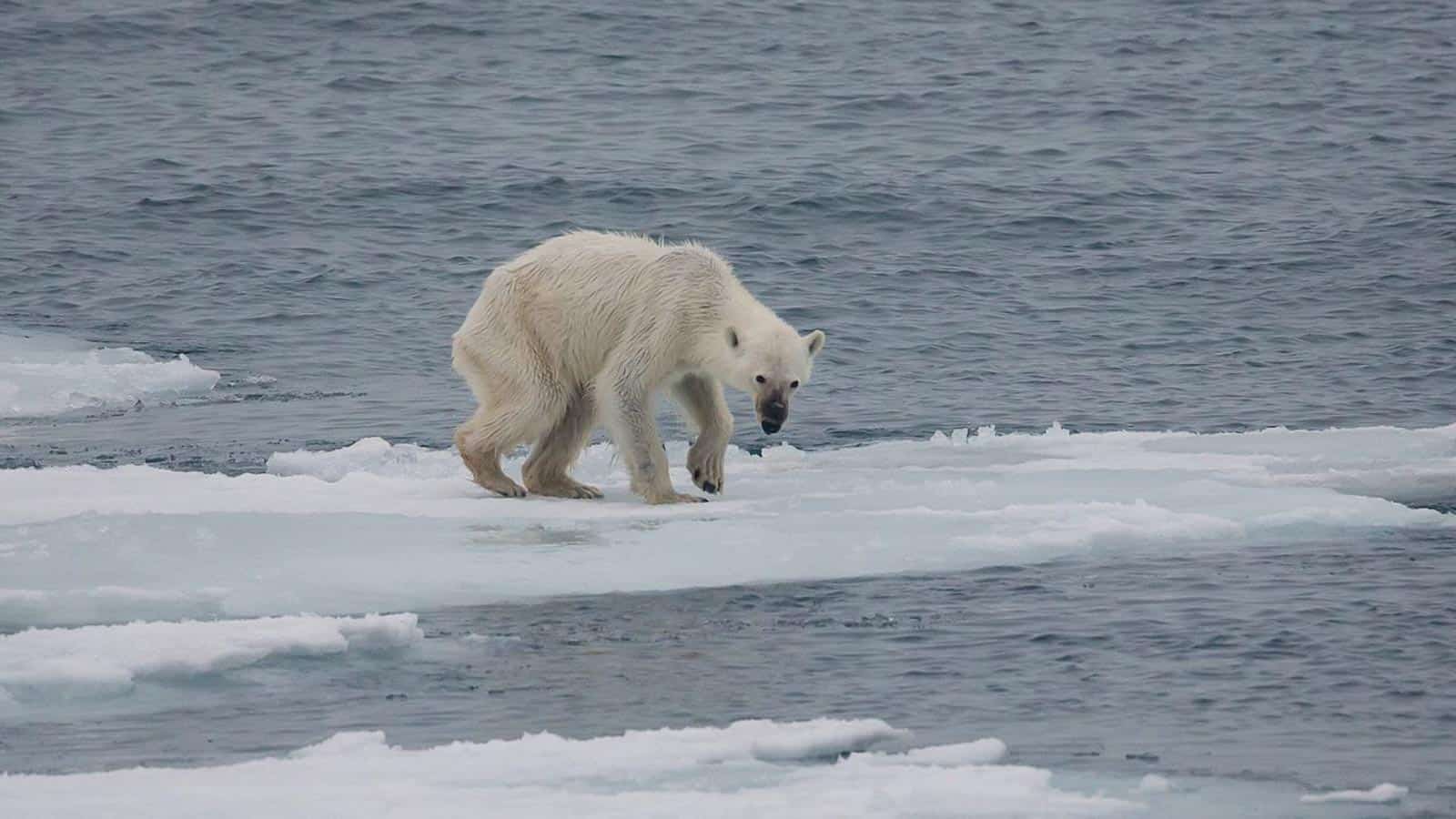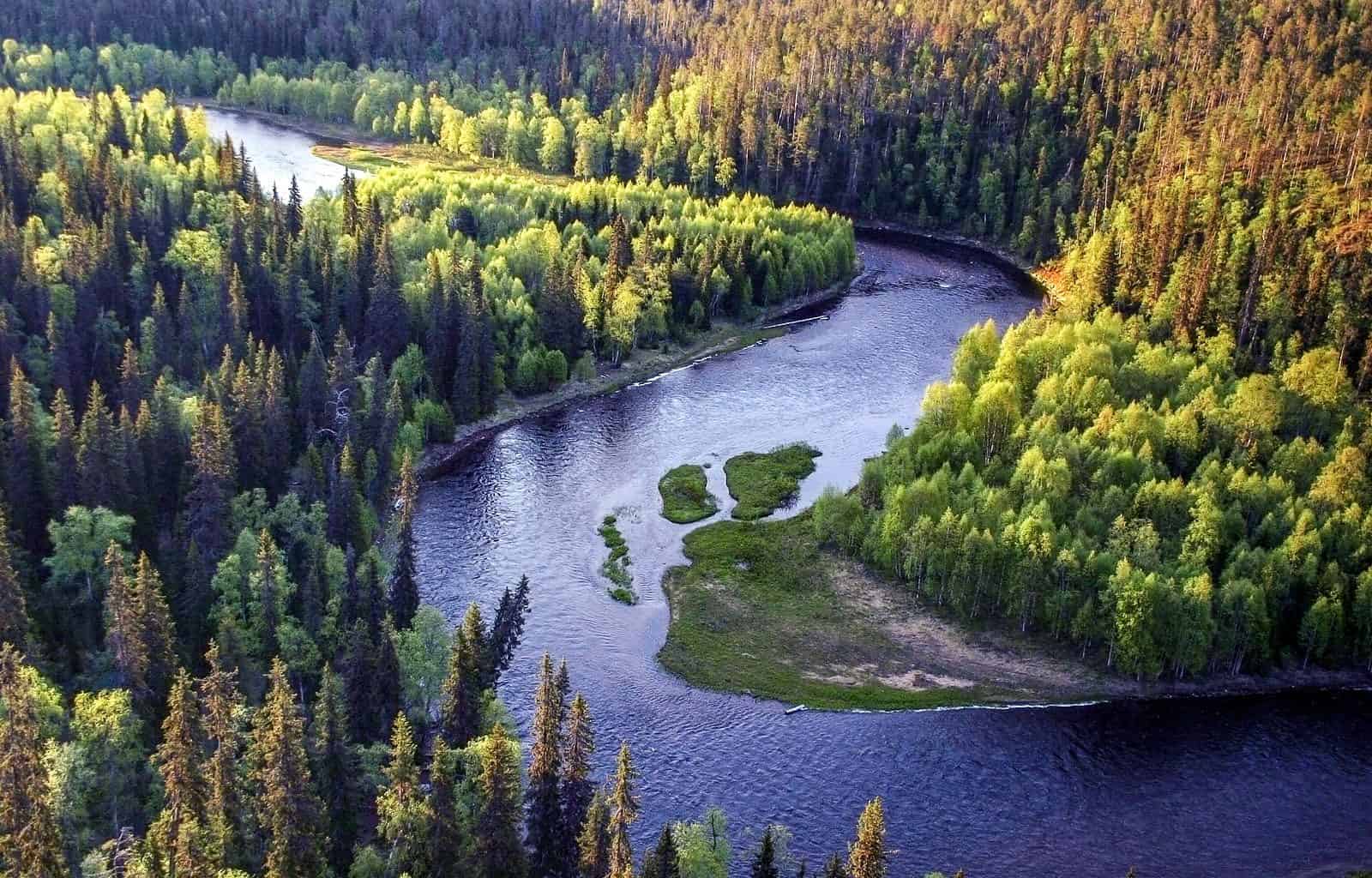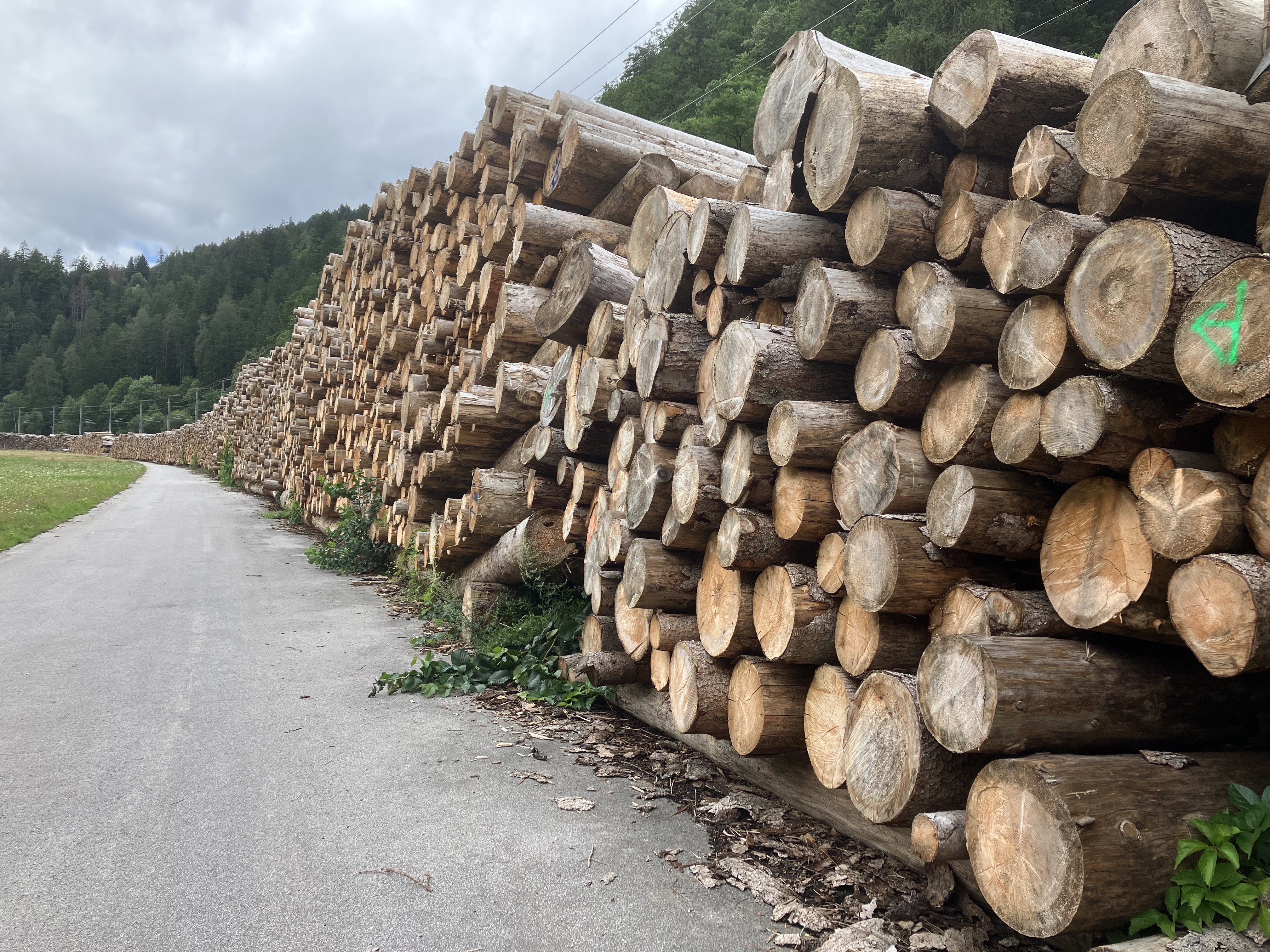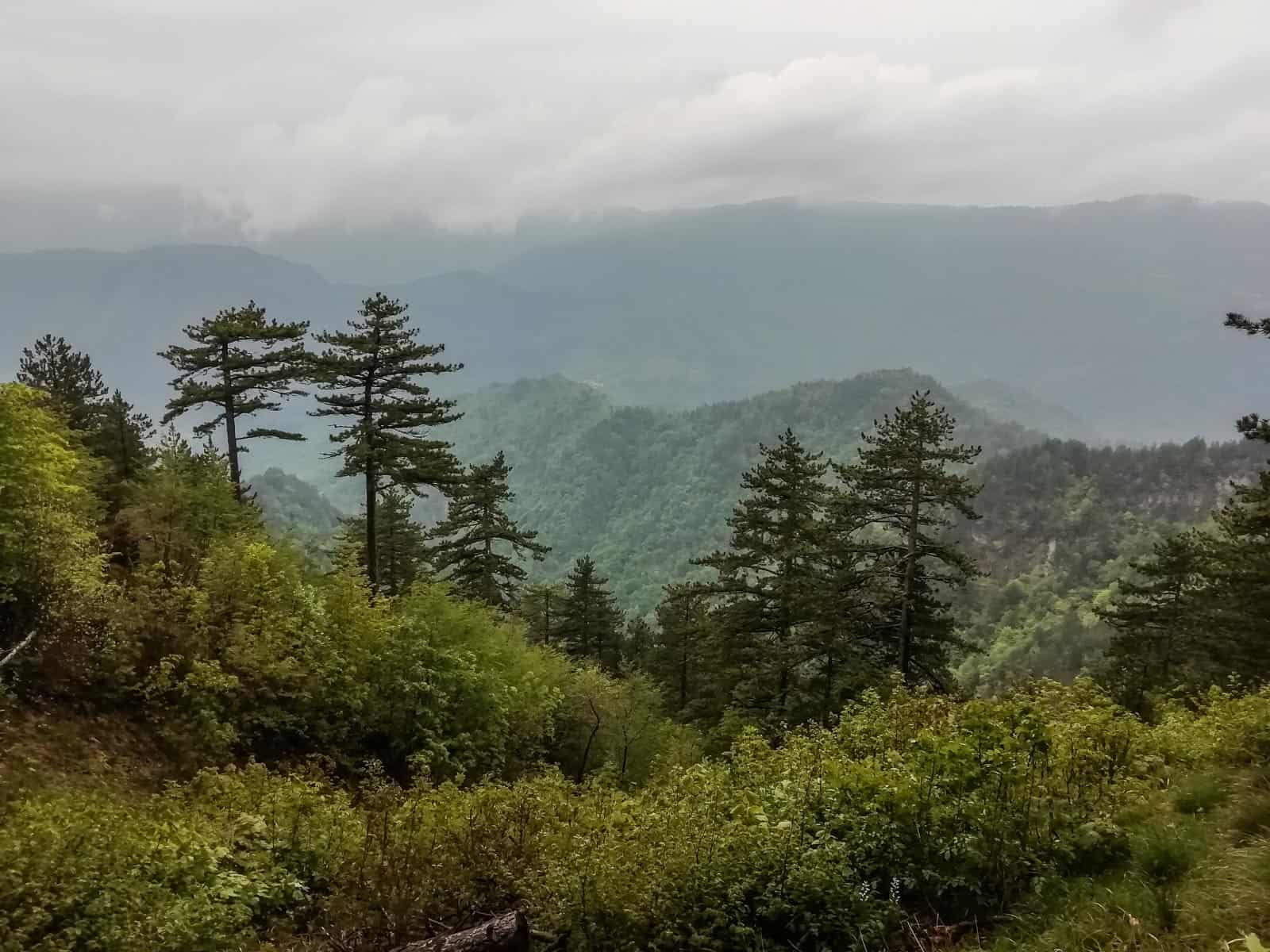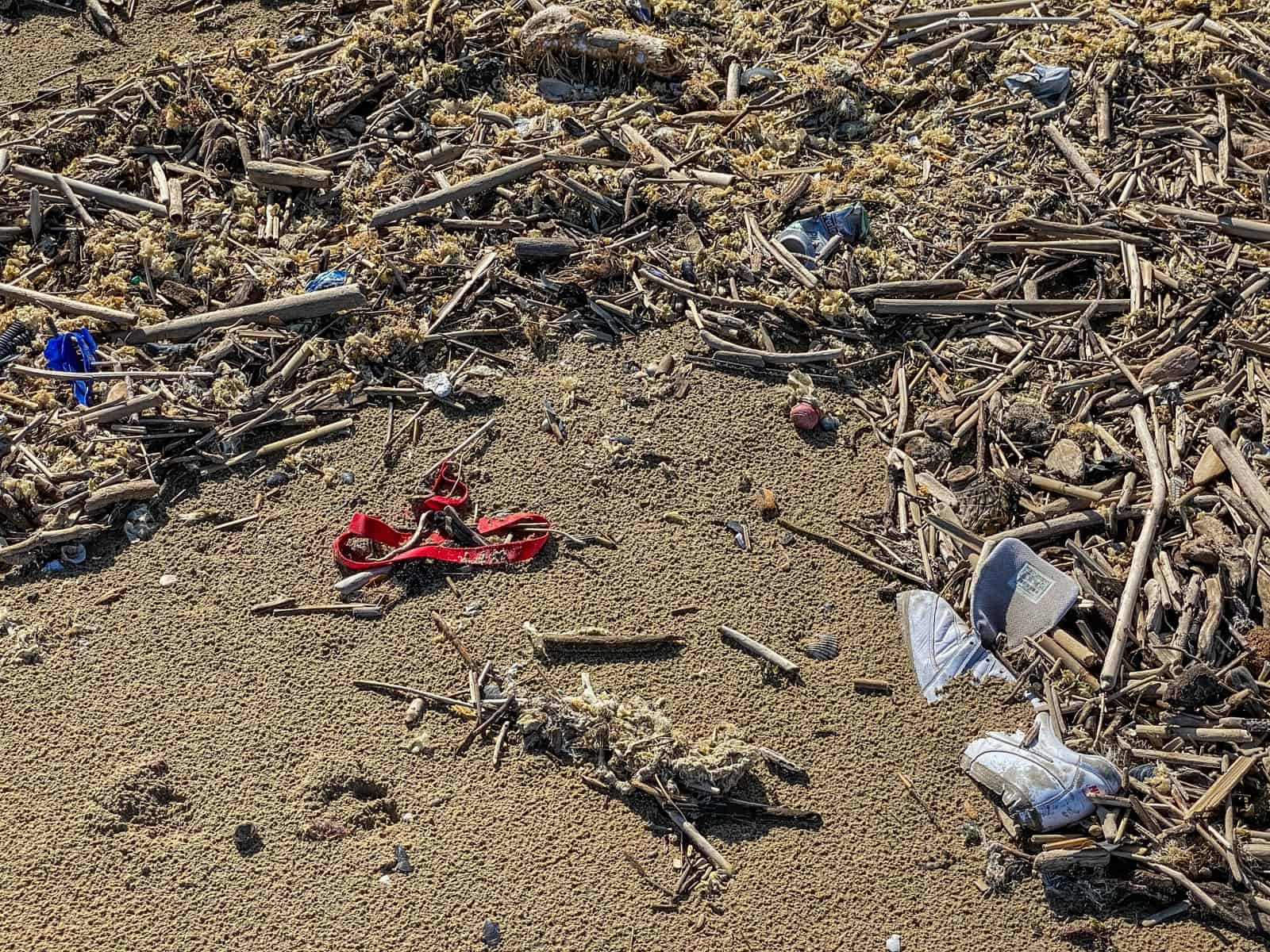WWF Living Planet Report 2014 – protected areas act as Noahs Arc
The 2014 ‚Living Planet Report’ study by WWF reveals a most concerning result:
- Within the past 40 years more than half of all species wordwide were in decline.
- Good news only: in protected areas ‚just’ half the number of species versus in unprotected areas were affected.
- Worldwide, 100.000 protected areas cover 14% of the landmass, while only less than 1% of the world’s oceans are protected, but heavily threatened by environmental damage.
- The worst decline happened in fresh water ecosystems, where three quaters of the species deminish btw 1970 and 2010.
- Tropical regions are more affected, in Latin America 83% of the species shrunk by their numbers.
- Ocean life collapsed by 40%.
- Worldwide, cost caused by environmental damage is estimated at 6.000 Billion Euro or 11% of the global gross income.
- Most affected by abbating environmental quality and climate change are the poorest countries.
- The richest countries actually do have an increase in biodiversity, because they mainly transfer their ressource extractions to the poorer countries and hence statisticly reduce their own ecological footprint .
- Still, the per capita ecologic foot print of high income countries is about 5 times as high as in low income countries.
- Austria’s per capita ecological footprint for example ranks at 17th out of 152 studied countries. So if everybody would live like Austrians do, we would need 3 planests to sustain our way of living.
- The overall value of all ecosystems worldwide is estimated to be up to 145.000 Billions US$.
More: WWF Living Planet Report 2014

